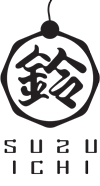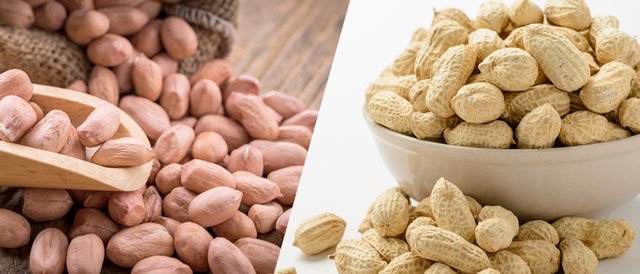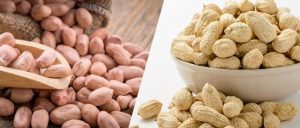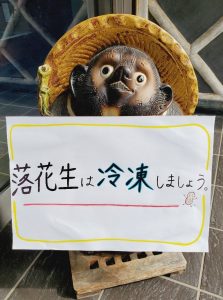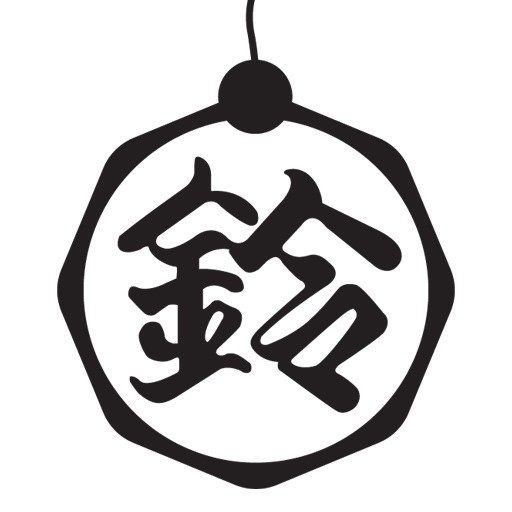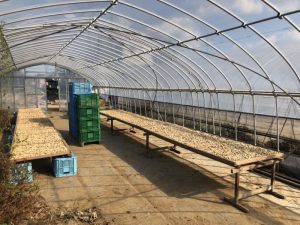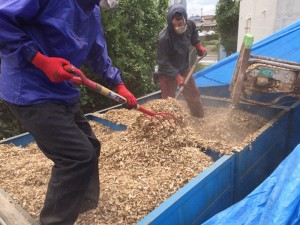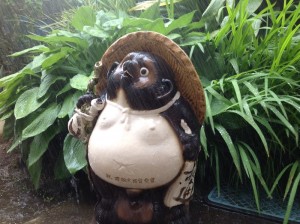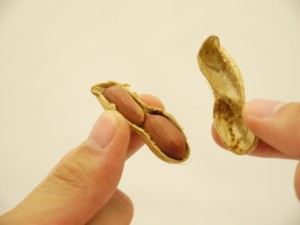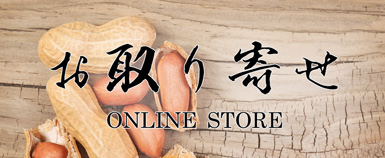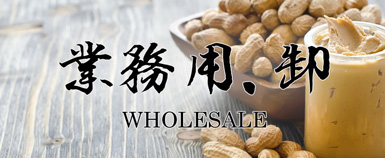Peanuts in Japanese is “Rakkasei (spelled 落花生)” , But We Japanese use both of Rakkasei and Peanuts, and unconsciously use these two words separately.

Materially the same thing
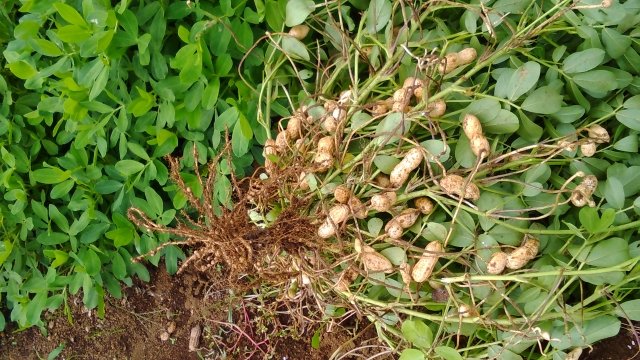
Difference in “language” between Rakkasei and Peanut
Rakkasei is Japanese, Peanuts is English.
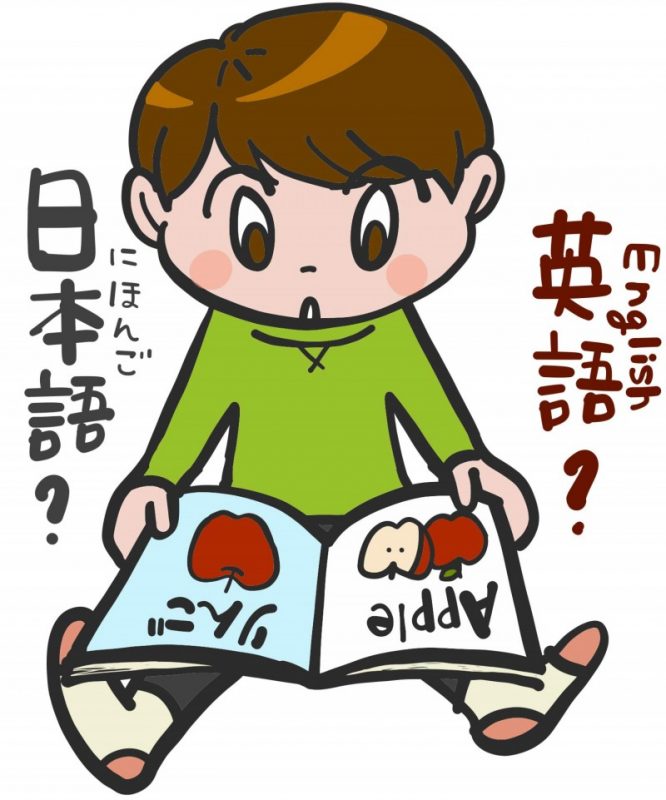
Differences in “appearance” of Rakkasei and Peanuts
Shelled “Rakkasei”
Peanuts” with both the shell and thin skin peeled off
Thin-skinned peanuts are “nanjing beans.”

Differences in “how to eat” Rakkasei and Peanuts
How to eat shelled peanuts
How to eat peanuts
Peanuts are not only shelled, they are usually processed so that they are ready to eat. There are many varieties, including honey-roasted peanuts, butter peanuts, peanut butter, and various flavored peanuts.
Raw peanuts are called “raw Rakkasei”.
Raw peanuts, with or without the shell, are most often referred to collectively as “raw Rakkasei” and are rarely referred to as “raw peanuts”.
See also: How to roast and store freshly dug raw peanuts.
See also: How to boil and preserve dried raw pe anuts.
There is a Japanese name for the traditional way of eating peanuts.
Processed products that have existed in Japan for a long time, with or without shells, have names. The following three are typical processed products with the name “Rakkasei” but with the shell removed.
- Roasted Rakkasei
- Salted Rakkasei
- Sugared Rakkasei
There is no Japanese name equivalent to peanut butter.
Conversely, there is no common Japanese equivalent for peanut butter. I assume this is because the staple food used to be mostly rice, and there was no culture in Japan of eating peanut butter with bread.
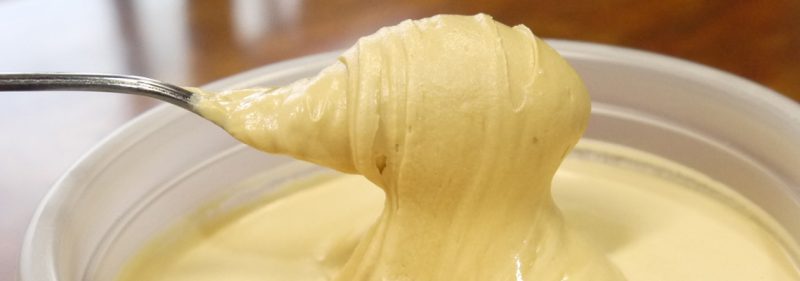
Regional Differences in Rakkasei and Peanuts
Many other names for Rakkasei!
Rakkasei, peanut, and nanjing bean are the three most common names in Japan. There are many other names for the peanut, including Rakkasho, which sounds like “rakkasho,” alien bean, kara-mame, Toujin-mame, to-mame, shinamame, houraimame, kanton-mame, jimame, dakkisho, tsuchimame, soko-mame, jimujirimame, jinoshimame, doroko, banmame, chitoseko, and manjukka, among others. These are all about the same peanut!
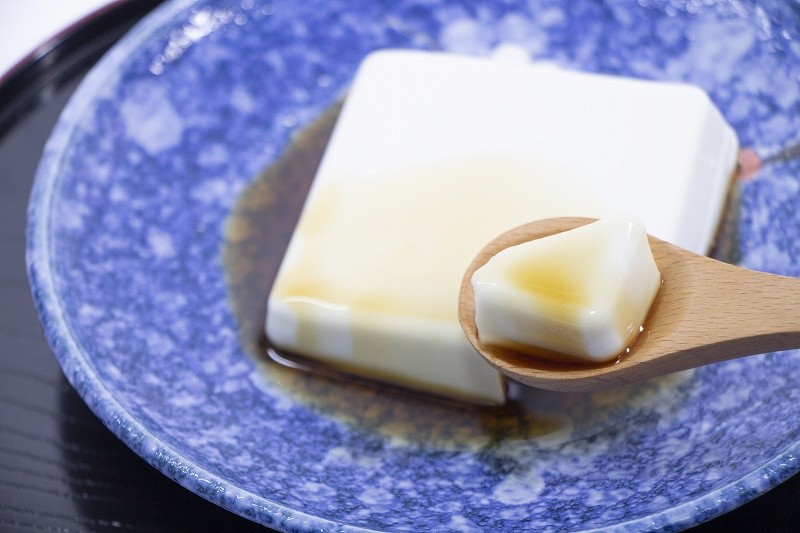
Why are there so many names for peanuts? It has to do with the history of the peanut’s spread throughout the world.
History of the peanut’s spread to various parts of the world
The peanut is said to have originated at the foot of the Andes Mountains in the northwestern part of Argentina in South America, where it was valued as food on board ships during the Age of Discovery from the 16th century onward due to its high nutritional value. Since then, it has developed its own food culture in various regions, and has many names today.

Differences in “age groups” of Rakkasei and peanuts
Peanuts for the younger generation, Nanking beans for the older generation
Suzuichi, a peanut specialty store, talks with many customers every day. Among them, we have the impression that the way customers call peanuts differs considerably depending on their age groups.
The older generation uses “peanuts,” “Rakkasei,” and “nankin-mame” all. Middle-aged to younger customers tend to use “peanuts” and “Rakkasei” but not “Nanking bean. Furthermore, among the younger generation, there are some who say, “I know what peanuts are, but what is Rakkasei?” Some of them even say, “I know what peanuts are, but what is Rakkasei?
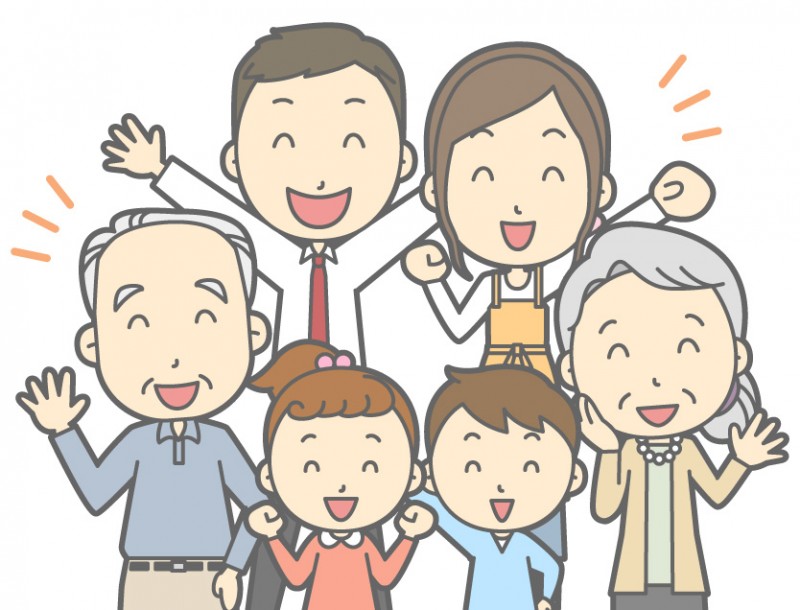
Recently, the percentage of bread-eaters has exceeded that of rice-eaters, and the consumption of peanut butter as an accompaniment to bread has also increased, so the generation that is more familiar with peanuts is probably increasing. It is interesting to note that old words are gradually falling out of use, and the familiar words differ among generations!
Reference: Nihon Keizai Shimbun, “Household Food Expenditures: Bread Reverses Rice for First Time
Reference: Nihon Keizai Shimbun , “Rice Production Slump Takes Hold, Surplus Still Excess, Bread Dominates Consumption.
Summary
Although materially, rakkasei and peanuts are identical, rakkasei is often thought of as shelled, while peanuts are often thought of as unshelled. This difference lies in cultural differences. Peanuts are English and Rakkasei is Japanese, so the appearance and way of eating peanuts seem to be different because of the different food culture in that language area or region. (In Japan, where there was no bread-eating culture, peanut butter cannot be translated into Japanese.)
Also, there is a generational difference in the words usually uttered by the older generation, such as “nankin-mame” and “peanut” by the younger generation, and the culture of Rakkasei and peanuts is still changing with the times.
Related Articles on Peanuts
Varieties and Types of Peanuts
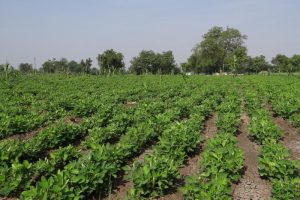
How to Grow Peanuts
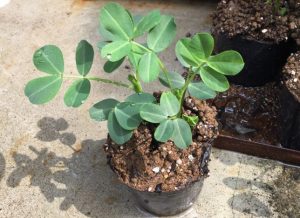
Nutrition and Benefits of Peanuts
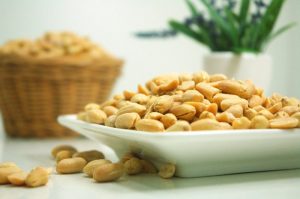
Peanut Recipes
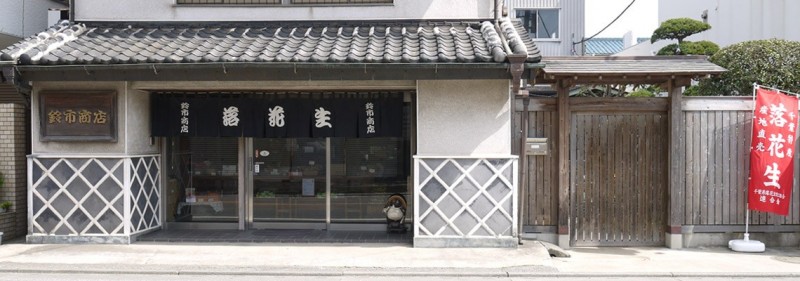
Preservation of peanuts
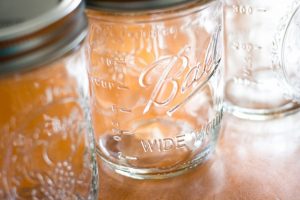
History of Peanuts in Chiba Prefecture
Chiba peanut production is said to have begun in 1876 (Meiji 9). For more information on the history of Chiba peanuts, please visit the Chiba Prefecture website.

